
CONTENTS
2 ページ以降を表示しています。
目次を表示Suponsered by
Foods that regulate the intestinal environment!
Here are some foods that are actually effective in regulating the intestinal environment. We have carefully selected foods that not only contain many ingredients that are good for the intestinal environment, but also foods that contain a variety of nutrients, so please refer to them as well.
Foods that regulate the intestinal environment (1) “Yogurt
As you know, yogurt, which is made by lactic acid fermentation of milk, is rich in lactic acid bacteria. In particular, it is rich in bifidobacteria, a type of lactic acid bacteria, and is effective in aiding digestive function and reducing inflammation. In addition, when lactobacilli are killed by stomach acid, they become food for good bacteria, which helps to regulate the intestinal environment. Yogurt is usually eaten with breakfast or with salads and fruits, but if you want to enhance the effect of yogurt, it is recommended to take it with amazake (sweet sake). The synergistic effect of the oligosaccharides and lactic acid bacteria contained in amazake will stimulate the function of the large intestine.
Foods that regulate the intestinal environment②”Natto
Natto is a breakfast staple made by fermenting steamed natto plus natto bacillus. The reason why natto is suitable for the intestinal environment is that natto bacillus is used as food for lactobacilli to regulate the intestinal balance. Besides, the fact that soybeans contain abundant dietary fiber, vitamins, and protein is another reason why we recommend it. Another attractive point is that natto contains nattokinase, which prevents blood clots. If you are not a big fan of natto, it is recommended that you choose a type of natto that has a mild smell and add some condiments to it.
Foods that regulate the intestinal environment (3) “Brown rice
For those who want to increase dietary fiber intake and improve the intestinal environment, we suggest replacing the staple food with brown rice. Brown rice contains about twice as much dietary fiber as white rice, and other nutrients are higher than white rice. In addition, it has a low GI value, making it suitable for dieters and those concerned about blood sugar levels. However, brown rice may adversely affect the intestines if it is not eaten properly. If brown rice is not cooked softly or swallowed without chewing well, it may cause constipation or indigestion.
Food that regulates the intestinal environment④”Avocado
Avocados, called the butter of the forest, are attractive not only for their high quality fat but also for their abundant dietary fiber. If your constipation does not improve despite high fiber intake, it is possible that you are not eating enough fat, so eating avocados, which also contain fat, is efficient. Avocados also contain high levels of potassium, which reduces bloating, and they are a good source of antioxidants, which is another important point not to be overlooked. Avocados are especially suitable for people on low-carbohydrate diets or ketogenic diets who are prone to constipation.
Food that regulates the intestinal environment⑤”Mushrooms
Mushrooms are the focus of attention in the “fungi-katsu” or “intestinal activity” boom to regulate the intestinal environment. Mushrooms are useful not only for a low-calorie diet, but also for regulating the intestinal environment by taking advantage of their abundant dietary fiber. Another important point is that mushrooms are fungi themselves and have the greatest ability to increase the amount of good bacteria in the intestines. There are many types of mushrooms, each rich in dietary fiber, so you will never get tired of eating them.
Food that regulates the intestinal environment⑥”Ginger
Ginger, which has a warming effect on the body, has long been used in Chinese medicine and has a reputation for improving health. Ginger, which warms the body, also warms the intestines, so it can be expected to reduce inflammation in the intestines and promote digestion. In addition, ginger contains a protein-digesting enzyme called zingipain, which helps regulate the intestinal environment. Since ginger is fibrous and rich in dietary fiber, it is recommended to take grated ginger as a condiment or in soups to make it easier to eat.
Food that regulates the intestinal environment⑦ “Lemon
Lemon juice is highly acidic, similar to the gastric juice that digests food, so it can help alleviate symptoms such as an upset stomach and indigestion. In addition, the citric acid in lemons promotes the secretion of bile by the liver, so they could be used as a care agent after eating oily foods. For effective intake of such lemons, it is recommended to drink them squeezed into room temperature or lukewarm water. Most soft drinks containing lemon juice are processed at high heat, so if you want to get the full effect, it is important to squeeze lemon juice yourself as much as possible.
Food that regulates the intestinal environment⑦ “Banana
Bananas contain a lot of potassium, which reduces the rate of stomach bloating. They are also wonderful in that they contain dietary fiber, which is essential for regulating the intestinal environment, and oligosaccharides, which are compatible with good bacteria. Such bananas are easily available and easy to eat, making them perfect for those who want to start taking care of their intestinal environment. Incidentally, the oligosaccharides contained in bananas increase with heating, so if you can take the trouble, we recommend making baked bananas or hot banana milk.
Food that regulates the intestinal environment (9) “Kiwi
Kiwi is notable for its abundance of vitamins, fiber, and a digestive enzyme called actinidin. The fiber in kiwi is unique in that it has a wonderful balance of insoluble and soluble fiber. A balance of the two types of fiber is essential to feel the benefits of dietary fiber, so kiwi is a good value because it provides two types of fiber in a single serving. It is also rich in proteolytic enzymes, so why not try it for dessert after a meal?
Food which regulates the intestinal environment⑩”Papaya
Papayas, like kiwis, contain abundant dietary fiber and digestive enzymes, but what is particularly noteworthy is papain, a digestive enzyme that is so high in fiber that it is even marketed as a supplement. It is so highly effective for health that it is even sold as a dietary supplement, and is expected not only to help digest food but also to reduce inflammation. It is rare to find fresh papaya in supermarkets, so it is recommended to use papaya as a supplement or dried fruit.
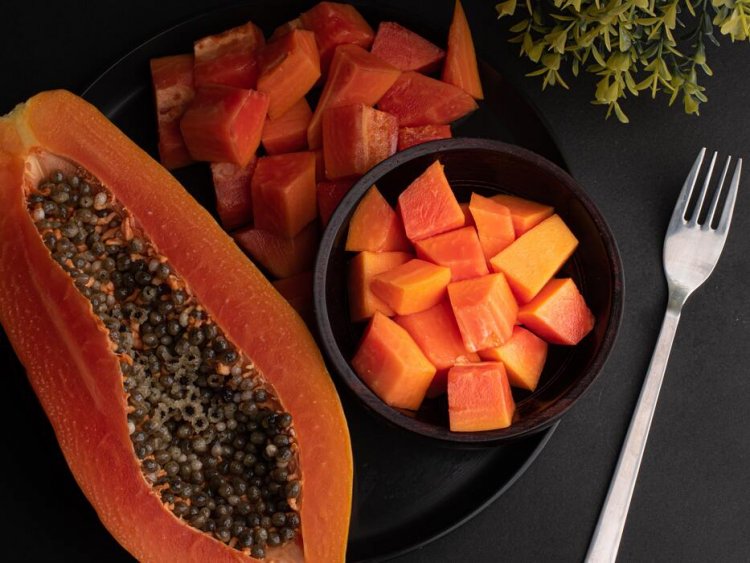

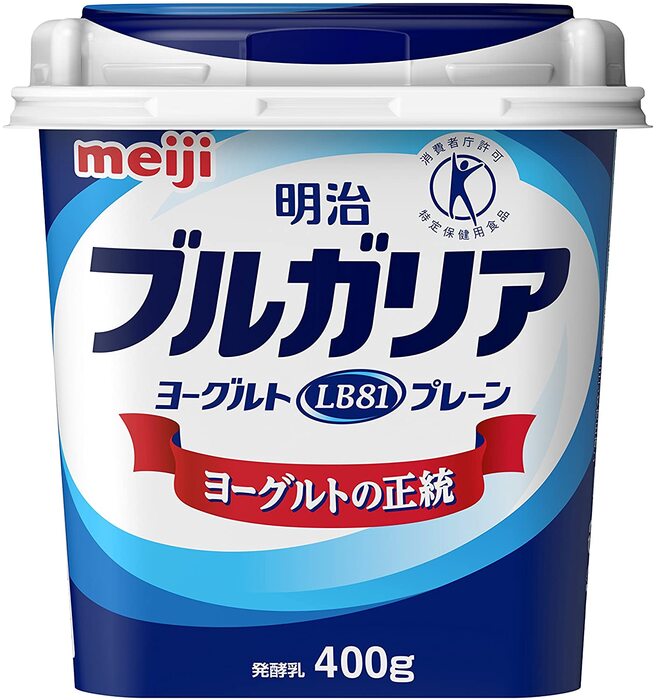

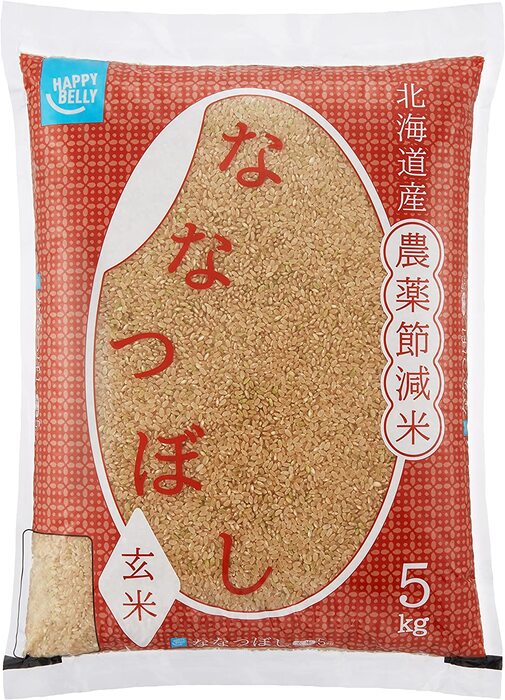
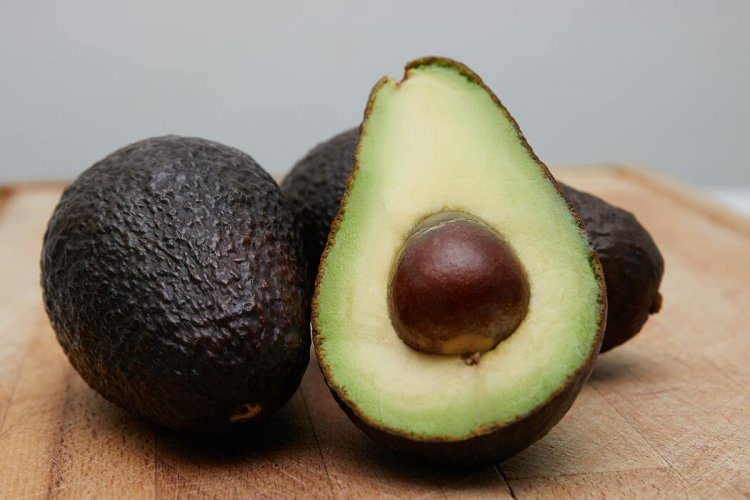

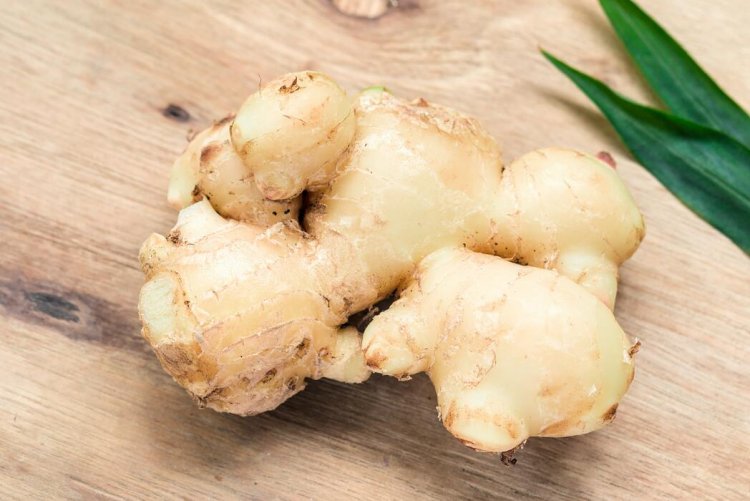


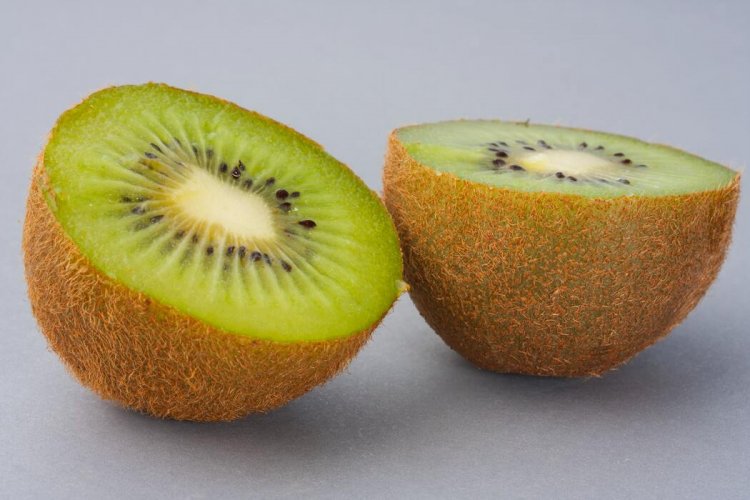


























![6 self-weight menus for leg training! Effective training for toning the lower body [ supervised by a professional ].](https://otokomaeken.com/wp-content/uploads/2023/03/2232-115x60.jpg)